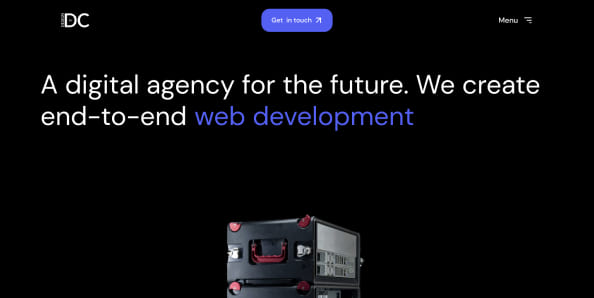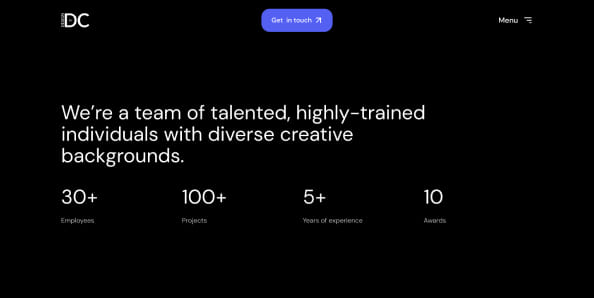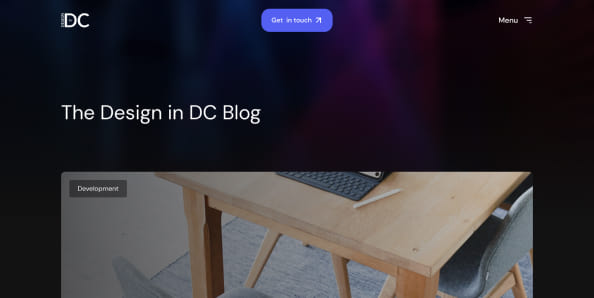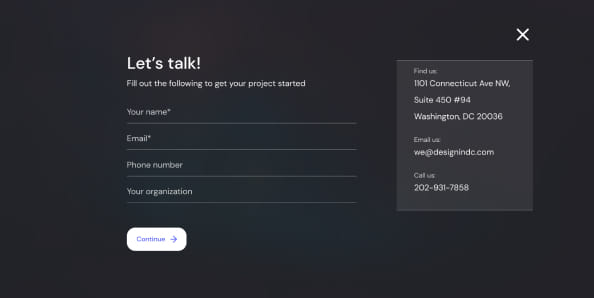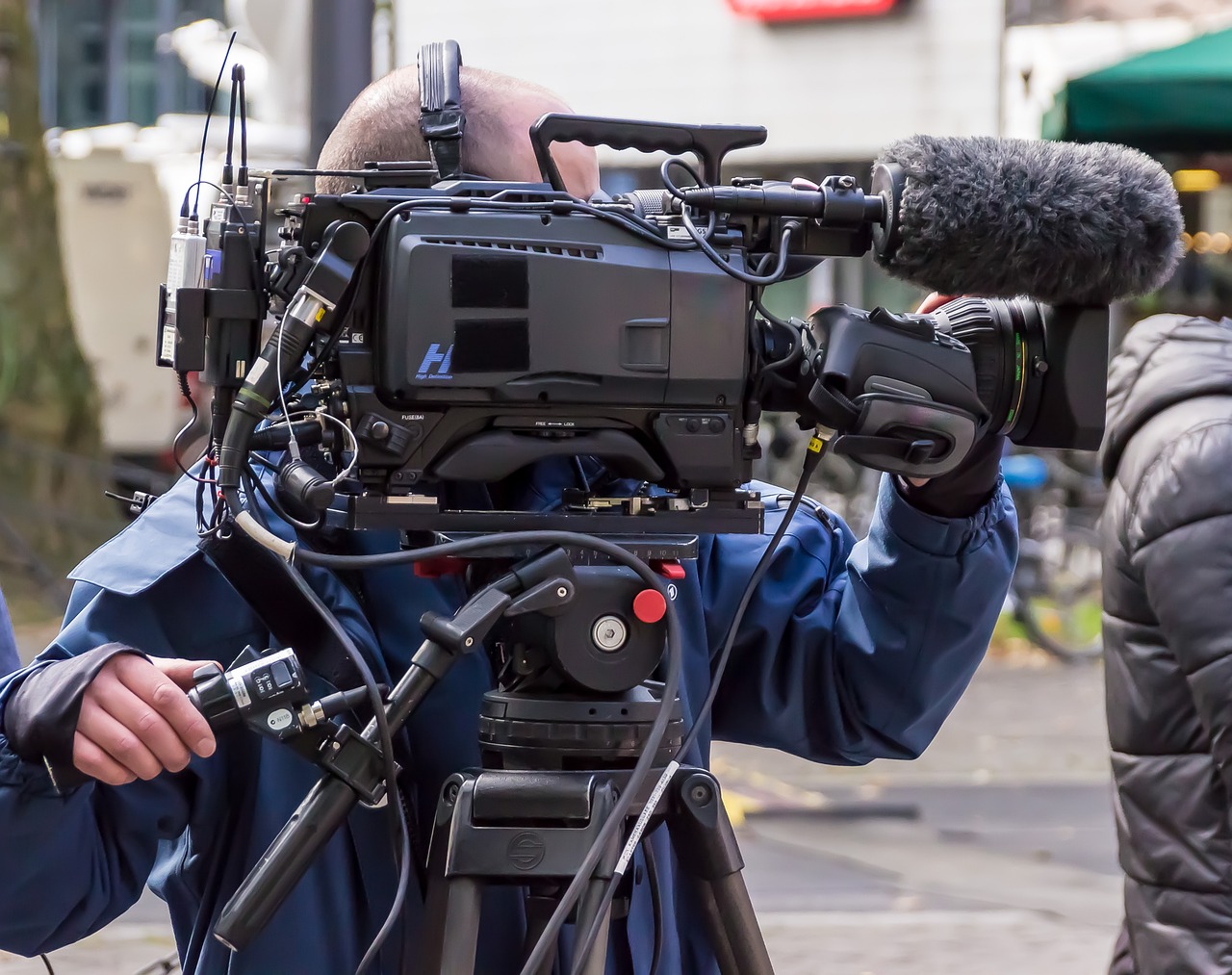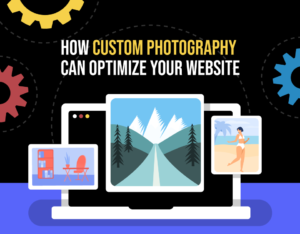Capturing the Moment: Mastering the Art of Modern Videography
In 2023, video remains an unparalleled medium, with every major platform, from social media to YouTube to streaming media, optimized for its delivery. Video accounts for a predicted 82% of all internet traffic, underscoring the significance of this medium in today’s digital landscape.
Given the current popularity of video, it’s understandable that podcasters, vloggers, and other digital content creators are curious about exploring videography. The ability to create high-quality video content is a marketable skill, regardless of whether one specializes in filming corporate branding videos, becoming a wedding videographer, or producing videos for personal YouTube channels. This guide offers an overview of videography, including its purpose, forms, and tips for aspiring videographers.
What is Videography?
Videography is the process of digitally capturing, editing and producing video content. Videographers use digital cameras and streaming devices to record various projects, including concerts, news coverage, and podcasts or vlogs. While videography shares some similarities with cinematography, there are important differences between the two. Videography typically involves more spontaneous and guerilla-style recording of live events, while cinematography generally involves highly produced projects with film crews and scripts, such as movies. Additionally, the cinematography is often shot on film stock rather than digital devices.
What is the Purpose of Videography?
Unlike cinematography, which emphasizes complex and highly planned projects, the primary purpose of videography is to capture live events. Videographers must be able to capture footage on the fly, while also adjusting lighting and incorporating music and sound effects as needed. By contrast, cinematographers often work with larger film crews and place greater emphasis on artistic direction. Videographers typically work alone or in very small teams to capture real-time footage of events.
Does Videography Include Editing?
While videography and video editing share some similarities, they are not identical disciplines. The primary focus of a video editor is to compile and edit the raw footage into a polished, finished product. Depending on the size of the videography team and the scope of the project, videographers may also be responsible for editing, but their role extends beyond editing to encompass the entire process of video production.
It is important to note that the possibilities for types of videography are endless and limited only by one’s creativity. Nonetheless, some styles and categories of videography are widely recognized in the industry. Let’s take a closer look at some of the most popular ones.
Time-Lapse Videos
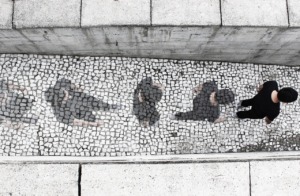
Time-lapse videos are a popular technique that uses sped-up footage to create the illusion of time moving at a faster pace than normal. Examples of time-lapse videos include capturing the movement of clouds, the growth of plants, or the construction of a building.
Interviews
Interviews involve videographers getting in front of the camera and asking their subjects questions to capture their responses. This style of videography is particularly effective when live-streamed on social media platforms such as Facebook or Instagram.
Product Reviews
Product reviews are a popular type of videography that consumers rely on to make informed purchasing decisions. Real users share their experiences with products on YouTube and other social media platforms.
Tutorials and Product Videos
Tutorials and product videos are short instructional videos that demonstrate knowledge or skills related to a product or service. Companies often hire videographers to create such videos to demonstrate the benefits and uses of their products.
Promotional Videos

Promotional videos are a more advanced type of videography that showcases a product or service. They can take the form of brand documentaries, marketing campaigns, or brand awareness videos, and aim to deliver a narrative and raise excitement about a brand and its product or service.
Event Videography
Event videography is a type of videography that captures live events such as weddings, parties, music videos, press releases, and ceremonies. It requires a high level of skill and experience to capture these events in a way that tells a compelling story.
Documentaries
Documentary videography turns real-life events into a narrative. It requires a deep understanding of storytelling to find compelling truths in the seemingly mundane.
Filmmaking Process
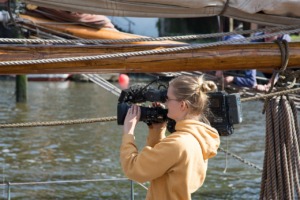
Finally, it is worth noting that every filmmaker has their own process and style, but the basic steps generally stay the same. As an aspiring videographer, it is recommended to start with the following process:
- Pre-production: plan your shoot and organize your equipment and crew.
- Production: capture your footage and audio.
- Post-production: edit and finalize your video.
- Distribution: share your video on appropriate platforms.
Pre-Production Planning
To start with video production, you need to come up with a concept that answers some basic questions, such as: What type of content do you want to create? Who is your target audience? What message do you want to convey? Do you have any specific goals or actions that you want your viewers to take? Once you have a clear vision, you can begin planning.
While videography may not require the same level of pre-production as cinematography, it’s still essential to plan your shoot. Depending on the type of video you’re working on, this may involve writing a script, scouting a location, and preparing all the necessary equipment such as cameras, lenses, and lighting. You may also want to create a shot list, especially for events such as weddings, to capture key moments.
Filming Basics
Once you’ve finished planning, it’s time to start filming. A key to becoming a good videographer is to pay attention to details and practice consistently. Here are some practical tips to shoot professional-looking videos:
Keep the Background Simple
Your background should not distract from the subjects in your shot. Consider using a plain wall, a solid sheet, or a backdrop paper.
Use Lighting Strategically
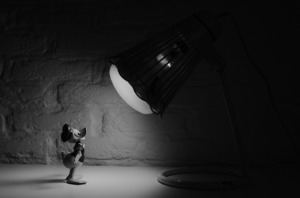
Using lighting best practices can enhance the look and feel of your footage. Consider using a combination of key lights (main light), fill lights (diffused light), backlighting (separates subject from background), side lighting (adds texture), and practical lighting (existing light sources in the scene).
Apply the Rule of Thirds
Avoid centering your subject in the shot. Instead, divide the frame into thirds vertically and horizontally, and place the subject’s head at one of the intersections. Many cameras have grids that can help you visualize your shot better.
The Editing Process
Editing a video is a complex process, and hiring a professional may be the best way to achieve the best results. However, if you want to build your editing skills, follow these steps:
Organize Your Footage
Organize your media into folders to make post-production easier.
Sync Your Audio
Sync your audio and video together to ensure they’re in sync. Some video editing software can do this automatically.
Review the Footage

Review every shot and piece of media you have, and any notes you or others have made about which shots to use in the final cut.
Create a Rough Cut
Piece together the footage to tell the story you want to convey. You may need to use placeholders for graphics or text.
Fine Cut
Fine-tune each shot, including cropping shots to the right length, editing the video, and inserting any music or visual elements such as text, animations, and graphics.
Final Edits
View the project on different devices, such as your TV and mobile device. Review color grading and audio levels to arrive at the final product.
Top Videography Cameras for Content Creators
As videographers often need to quickly follow the action without compromising video quality, it is crucial to find a lightweight yet powerful video camera.
Our current top choice for the best videography camera is the Panasonic Lumix GH6. This versatile, mirrorless camera offers a wide array of video options, including unlimited recording times and 5.7K/60fps video.
Another excellent alternative is the Panasonic Lumix S1H, the smallest (and most affordable) camera approved for use in Netflix projects. Capable of shooting 6K at 24fps, it performs well in all lighting conditions and boasts outstanding built-in stabilization.
Essential Videography Equipment
For any videography project, you’ll need more than just a camera. The following hardware and software are vital for any style or niche:
- Camera lenses
- Tripod
- Memory cards
- Quality Lights
- Headphones
- Microphone
- Recording software
- Boom pole
- Videography Resources
- Editing programs, like Adobe Premiere Pro
To master your camera skills, attend free workshops or enroll in classes focusing on film, photography, or broadcast journalism. For students, joining your school’s audiovisual club can provide an opportunity to learn basic videography skills.
If you’re serious about pursuing a career in videography, consider obtaining a degree in a related field, such as communications, cinematography, or broadcasting.
Next, explore internship opportunities within the film industry. Reach out to local news studios or film agencies to inquire about internships or assistant positions.
The more you learn about film crew operations, the better prepared you’ll be to become a professional videographer.
Videography: The Future of Content Creation
Content creators today, from podcasters and webinar hosts to documentary makers, need to possess high-quality video production skills. Fortunately, professional-level videography has never been more accessible.
Mastering techniques used by professional videographers often involve practice and observation. Numerous workshops, classes, and internships are available to help you refine your skills.
In conclusion, the ever-evolving landscape of content creation demands that aspiring videographers stay informed and adaptable. By investing in the right equipment, honing your skills through available resources, and consistently practicing your craft, you can pave your way to a successful career in videography. As technology continues to advance, it’s crucial to remain up-to-date on the latest trends and tools in the industry. Embrace the challenges and opportunities that come with being a videographer, and remember that your unique perspective and creativity can make a lasting impact on the world of content creation. So, grab your camera, harness your passion, and step into the vibrant realm of videography, where your stories can come to life and captivate audiences like never before.
Don’t forget to follow us on Social media if you want to stay up to date with all of the latest Design In DC news!
